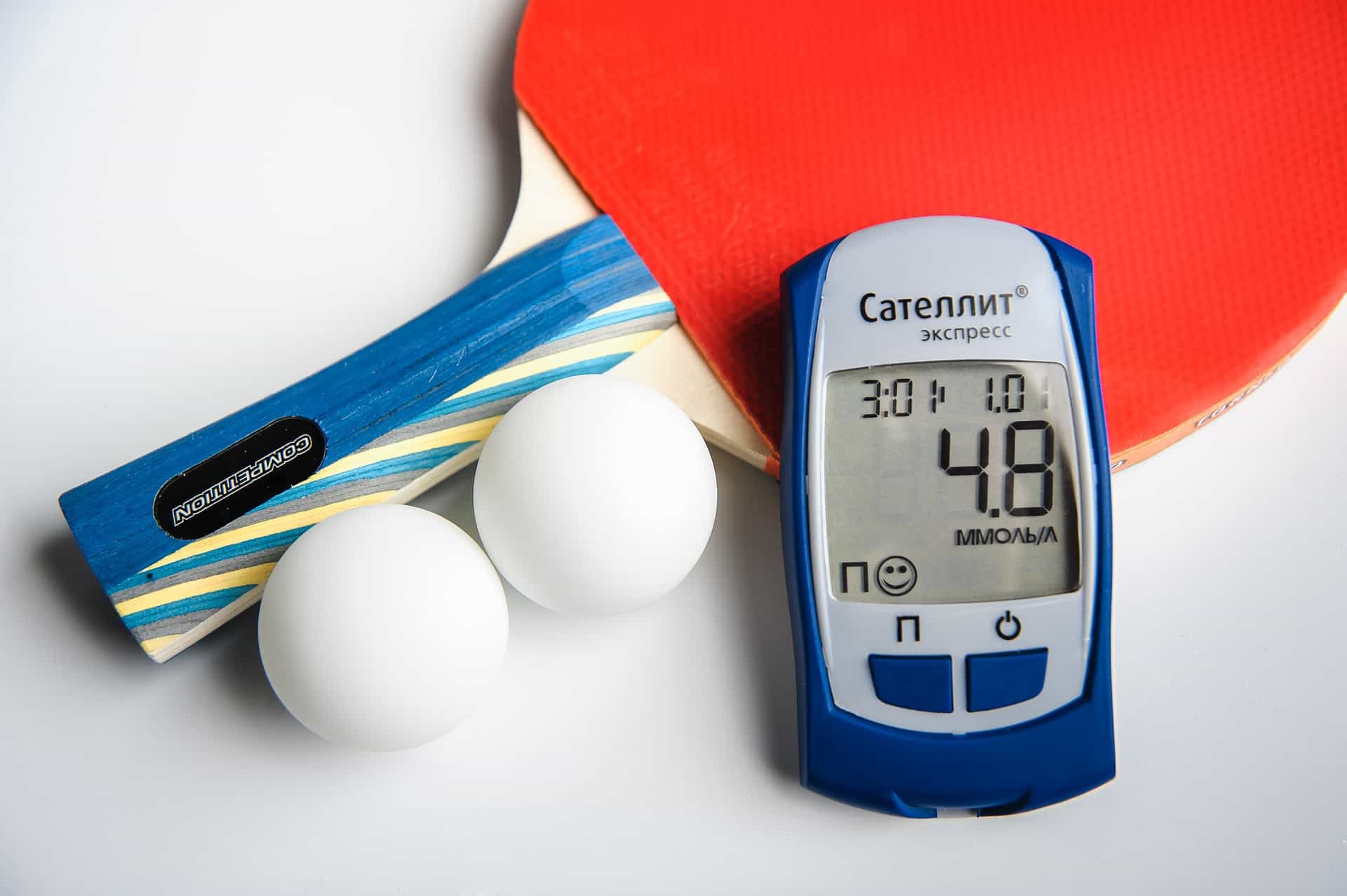
It used to be accepted that exercise is not recommended for diabetics. However, medicine has moved forward and proved that exercises not only do no harm, but are actually an integral part of diabetes treatment. However, physical activity must be supported by at least a basic knowledge of the subject.
Prof. Dr. Dorota Zozulinska-Ziolkiewicz, a renowned specialist in internal medicine and diabetology, emphasizes that regular physical activity
allows you to maintain stable, safe blood sugar levels, which allows you to reduce the amount of medication you take. In addition, exercise can halt the progression of the disease, preventing type II diabetes from developing. People who exercise are also less likely to suffer from any type of complication, which can seriously damage your health.
Physical activity has a very positive effect on the sensitivity of tissues to insulin, which directly assists diabetics in the fight against type II disease. As a result of muscle work, the burning of sugars increases. Their levels in the blood are relieved to decrease. In patients with type I disease, physical activity reduces the characteristic risks of this group, including heart disease, kidney disease, eye disease, etc.
Exercises should be carefully selected according to the individual condition of the patient (his abilities, interests, as well as the type of disease). Many doctors are able to suggest an appropriate set of exercises to help the patient. However, there are a number of activities that are universal to both groups – both recommended and not recommended.
Physical activity
should be regular, but not sudden or extreme, such can endanger the patient’s life. Workouts should be done with appropriate (2 or 3 days) intervals, decreasing the intervals over time, of course, until regular, i.e. daily quiet exercise. Each intense activity should be preceded by a 10-minute warm-up.
Exercise should be focused on endurance training rather than strength training. Moderate intensity activity leads to better insulin and glucose absorption, which in turn improves metabolism. People with type II diabetes, which often co-occurs with being overweight, will especially benefit. Physical exercise burns excess body fat, allowing the body to maintain a healthy weight. Indicated exercises include:
– walking,
– Nordic walking,
– jogging,
– swimming,
– cycling,
– cross-country skiing,
– dancing.
People with Type I disease are in a much better position; little exercise can harm them. However, extreme sports should be avoided, and people with obesity should avoid exercises that put stress on the joints. Strength training, mentioned earlier, is also a contraindication. Lifting weights or working with dumbbells is a dangerous exertion, during which the muscles are rapidly strained and, as a result, the blood pressure is increased, and the cardiovascular system is strained.
Other undesirable activities include:
– gliding,
– diving,
– racing (for example, car, motorcycle or even horse racing),
– extreme climbing,
– parachute jumping.
If you have diabetes and want to exercise, there are several things you must remember:
– constant monitoring of blood sugar levels (before, during and after exercise, even a few hours afterwards);
– taking carbohydrates rich in sugars – before, every hour during, and after exercise;
– insulin injections should not be given into the area of the body part being trained (in the case of cycling, the injection should not be given into the lower limbs)
– it is advisable to reduce the dose of insulin taken, even to 30-50% of the standard dose;
– if blood glucose levels are higher than 250 mg/dl (type I) or 300 mg/dl (type II), check for ketone bodies in the urine. Verification can be done with a strip test. If bodies are present, exercise should not be undertaken;
– exercise should not be started on an empty stomach or immediately after a meal, but about 2 hours after eating;
You should also protect yourself against a possible drop in blood sugar levels. Symptoms may include palpitations, dizziness, hunger and excessive sweating. A drop in blood sugar can be prevented by taking special lozenges, liquid glucose preparations or flavored energy gels (during training).
Featured photo: Pixabay